At 20:00 UTC on 10 October 2016, ESA’s Cebreros deep space tracking station broadcast a 15-minute message in the direction of Polaris, the Pole Star. It contained thousands of messages from citizens of the world offering their predictions and opinions in response to the simple question: “How will our present environmental interactions shape the future?”
Although it might appear to be an attempt at extraterrestrial communication, the broadcast is referred to as a cultural ‘message in a bottle’. It also doubles as a research project to collect the views of people across the world to climate change.
The person behind the ‘A Simple Response to an Elemental Message’ project is Paul Quast, a contemporary artist, independent researcher, citizen scientist, and climate advocate who lives and works in Edinburgh, Scotland.
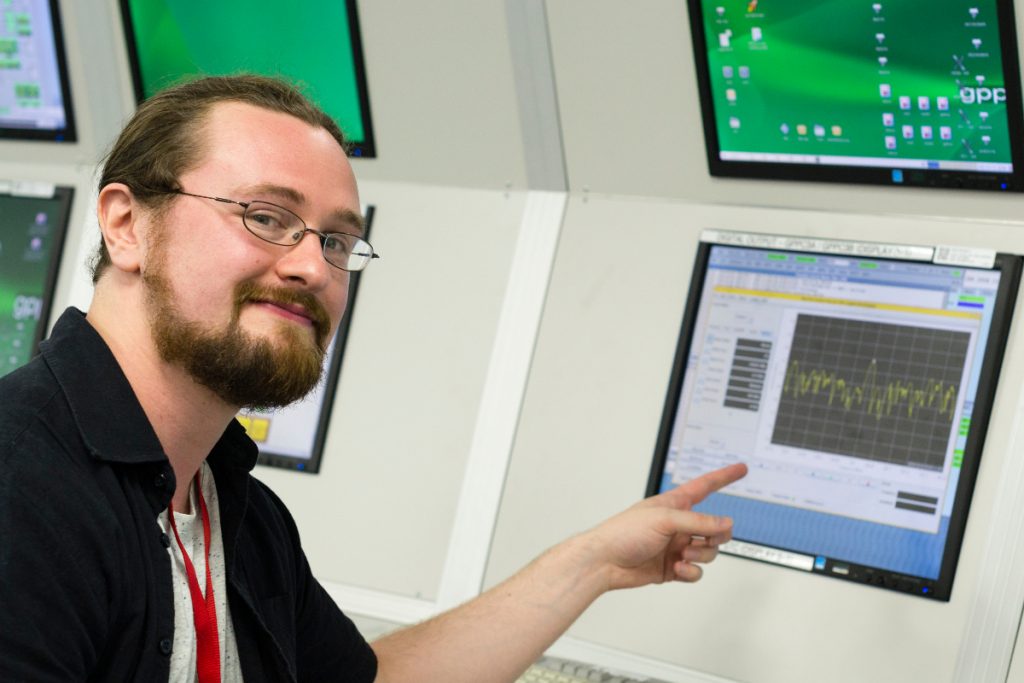
Paul Quast monitoring the broadcast of his ‘A Simple Response to an Elemental Message’ (ASREM) transmission to Polaris, on 10 October 2016. Credit: ESA
After the broadcast of the message we talked to Paul to find out more about him, the project, and how it came about.
Q: How did you become interested in astronomy?
A: Like most people, I have always been interested in understanding my surroundings. It started with looking at places around Earth and gradually expanded outwards into our wider cosmos. This has been a profound passion in my life. While my main education is within contemporary art practice, I’ve always tried to incorporate climate science, astrophysics, and other interesting fields within this to create ambitious, open-plan projects. It is only recently that I’ve started working in collaboration with different institutes, facilities, and organisations, including the European Space Agency. I find it exciting and more fulfilling to pursue inter-disciplinary research with others to see how different ideas can connect.
How did you come up with A Simple Response to an Elemental Message?
It started out as an analysis of what many climate researchers define as ‘the Critical Decade’ (2010-2020), a brief point in our civilisation’s history where we might stand a chance to resolve many of the climatic and biosphere issues facing Earth today. The ASREM initiative focused on engaging with how people perceive their role as a geological agent.
The basic structure for this initiative consisted of using the round-trip time for light from our planet’s Pole Star, Polaris, as a visual and temporal medium. The iconic beckoning light from Polaris reaches our planet after roughly 434 years and through spectroscopy we can uncover the chemical composition of this star. The terrestrial part of the project is that we are modifying our atmospheric gases, which absorb some of the Pole Star’s light, and so the light that we are registering at this stage in our civilisation’s history has changed from what we were seeing a hundred or so years ago.
Why did you then decide to send a message?
To send a simple response back to Polaris, it was necessary to use some means that we could control, some form of electromagnetic radiation, namely radio waves. Further to this, the transmission or ‘interstellar message in a bottle’ is meant as a time capsule for future scenarios of Earth. The speculative material has a chance of coming to fruition on Earth as this message travels through space for centuries. Despite this distance, the content will still be delicately tied to the Earth’s future and our place within it.
The way I justify it has to do with how we wish our present environmental interactions to represent us and our planetary stewardship on a cosmic level. Carl Sagan once invited the question: If we were visited by a superior species from another part of the galaxy, and we were forced to explain to them our stewardship of the planet Earth, would we be proud of what we described?
Taking this on an environmental interpretation, how might we consider explaining these environmental interactions to another civilisation, let alone our own?
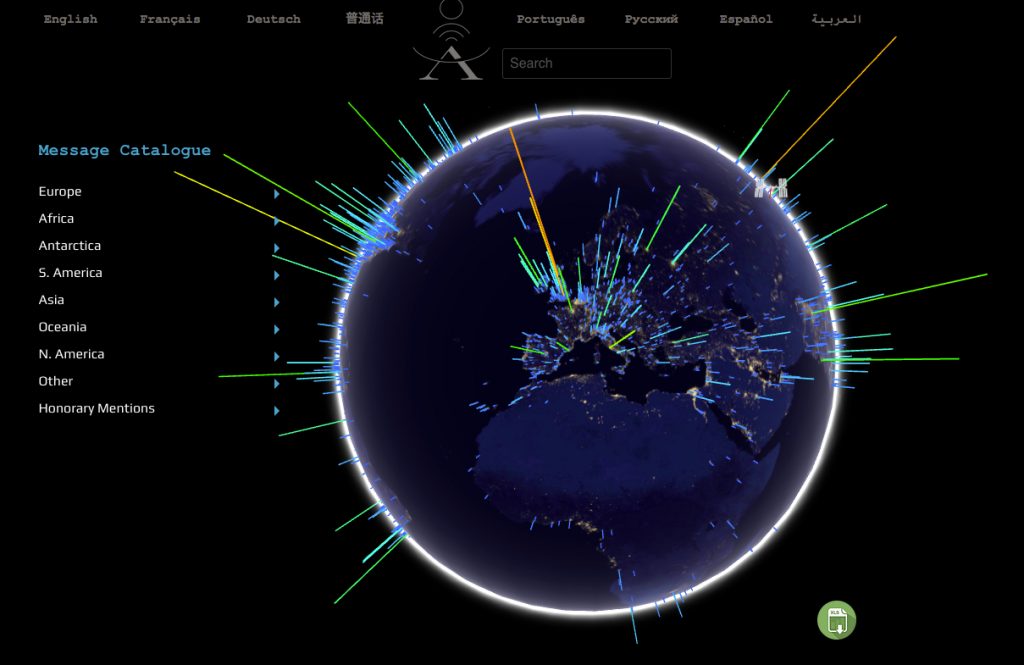
The ASREM website contains the messages that were transmitted. Credit: Paul Quast.
What form did the responses take?
The responses were mainly in text form so we could fit in a lot more content than if we had included many images. We received essays, poetry, satirical comments, and all kinds of different remarks. We’ve made these available on the ASREM website for the public to access, interact with, and see how others perceive our environmental interactions across the globe.
I’m developing a series of research papers analysing the content looking at the similarities and differences between nations or continents, as well as the range of detectability of this signal with an ESO radio astronomer. The first of the papers, a technical report titled A Human Perspective of Earth: An overview of dominant themes to emerge from global ‘A Simple Response…’ messages, is available now. It details the main themes to emerge and compares these messages to potential real-world sources.
How did you begin working with ESA on the project?
I was working with the Royal Observatory Edinburgh, Scotland. They have an online list of their entire academic and research staff and there I came across Rob Ivison (now Director of Science at the European Southern Observatory) whose biography stated that he “makes proposals to build and use telescopes”. So I got in touch with him to see if I could write a proposal for a radio telescope to send the message to Polaris. He introduced me to Mark McCaughrean (Senior Science Advisor at ESA) and it spawned from there. It was a great experience to work on this initiative with people at ESA, in particular, Age-Raymond Riise from ESOC and Lionel Hernandez from ESAC.
Were you at the radio telescope on the night of transmission?
Yes, at 20:00 UTC I was in the control centre when the 35-metre transmitter aligned and started broadcasting. I was allowed to sit at the console and watch the message going out until the signal flat-lined 866 seconds later, which is about 15 minutes. It was definitely the experience of a lifetime! The file consisted of 27,653,000 bytes of data, made of 3775 contributions from 146 countries, 81 ‘honorary mentions’ – iconic quotes from inspiring individuals that people put forward for inclusion – and also 70 images.
Who chose the images?
Predominantly myself: I whittled it down from a shortlist of 120. As a guiding theme, I focused on looking at our planet and our civilisation’s extended interactions within the surrounding space. The images ranged from the first visual image of our planet from a satellite, to looking down on our planet’s surface while there is a plankton bloom. I also included an image of the Amazon River from space, some wildlife, and an image of a protozoan. We included a picture of Philae landing on 67P because that is one of our more extended interactions with our surrounding space environment, and also a picture of the Huygens probe landing on Titan. We also sent a detailed copy of the Pole Star’s spectrum back to it as a kind of internal ‘return to sender’ joke, as well as a copy of the Arecibo Message (the interstellar message composed by Frank Drake, with Carl Sagan and others, that was sent into space, in the direction of the globular star cluster M13, in 1974).
 |
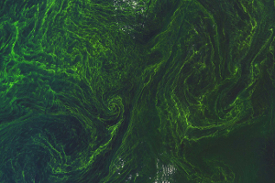 |
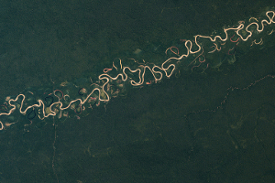 |
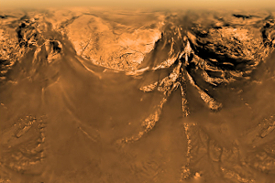 |
| Some of the 70 images that were included in the ASREM transmission. Clockwise from top left: Protozoan Paramecium. Credit: Rogelio Moreno Gill & Nikon Small World; Eye of an algal storm: Credit: Copernicus Sentinel data (2015)/ESA; Huygens approaching Titan. Credit: ESA/NASA/JPL/University of Arizona; Central Amazon Conservation Complex. Credit: GLCF/ DLR. All of the images are available here. |
|
|---|---|
What did you learn from doing this?
Part of my practice looks at the overview effect: how specific perspectives can be gained by looking at our planet as an interconnected organism; looking at the wafer-thin atmosphere and other beautiful natural phenomena. I was humbled by the number of people who contributed material and who actively perceive the planet in a nurturing, stewardship capacity. I enjoyed learning about aspects of our planet that I had not previously considered. Contributing to the interstellar communication debate was also an invigorating and challenging opportunity. It was an amazing experience, to say the least, working with so many individuals and institutes across the world to create something that is on a 400-year journey through interstellar space.
What’s next for you?
Besides writing the A Simple Response to an Elemental Message research papers, for my art practice I’m currently working on sending a photograph (taken during the solar eclipse in March 2015) to the Moon, using a high-powered laser. A 3-mm-diameter beam from a laser on Earth extends to about 926 km diameter when it hits the Moon. So about 7% of the Moon’s visible surface should receive the photo in a diluted capacity. The laser will be powered by batteries that were partially charged by the light diffracting around the Moon’s surface and the picture captures light that ‘framed’ the Moon during the eclipse, so you could consider this as the most extravagant selfie taken in human history – and it is not even of a human!
Paul Quast was interviewed by Stuart Clark for the art&science@esa blog.

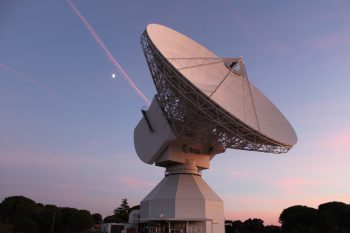
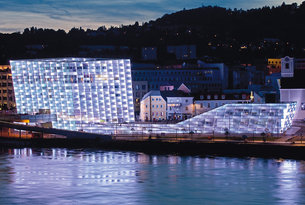

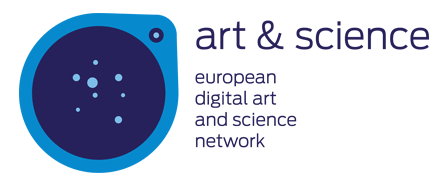
Discussion: no comments